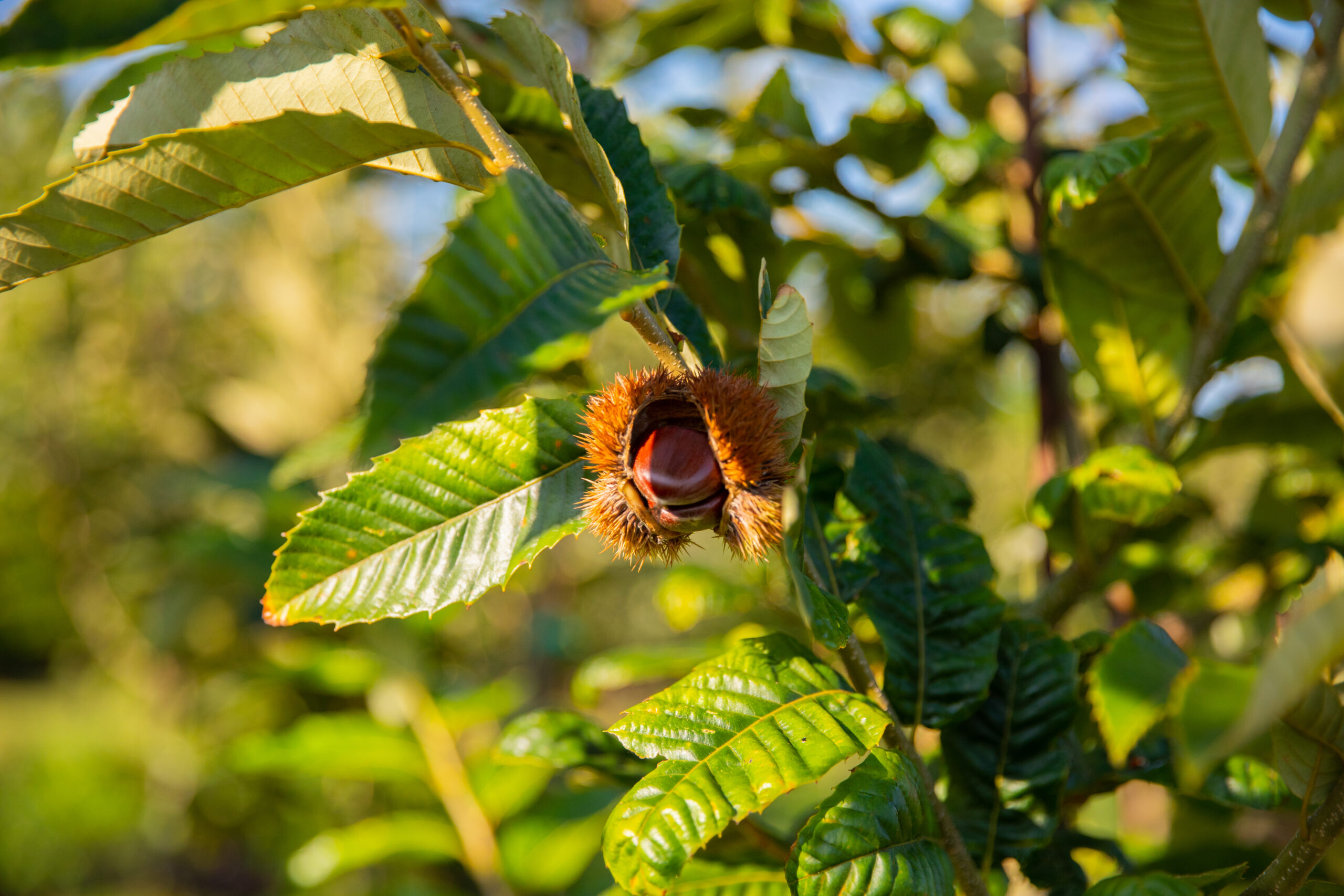Many are not aware of one of the worst ecological disasters in American history — the demise of the American Chestnut tree. What was once the most dominant hardwood in Eastern North America quickly became nearly extinct due to a blight, introduced to the United States in 1904 from imported Asian Chestnut. Over the next three decades, it spread from Maine to Georgia, killing an estimated 30 million acres of chestnut trees.
Before the introduction of the blight, chestnuts were among the most nutritious food sources for a wide range of wildlife — bears, turkeys, squirrels, hogs — and especially white-tailed deer. With the decimation of the American Chestnut came a gap in several supply and food chains. People had to find other materials to build with, and wildlife and humans had to find another nut to eat that was as abundant and nutritious as the chestnut. What once was one of the most populous and useful hardwood trees in America was staring extinction in the face. The future of the American Chestnut looked hopeless.
Luckily, scientists eager to fill the void of the American Chestnut discovered something amazing. In the early 1950s, James Carpenter sent budwood to Dr. Robert T. Dunstan after discovering a single living American chestnut in a grove of dead trees in Salem, Ohio. Dunstan, a well-known plant breeder then living in North Carolina, grafted the budwood onto chestnut rootstock, breeding a future variety that would eventually be called the Dunstan Chestnut.

Dr. Dunstan took his chestnut hybrids and put down roots in Alachua, Florida in 1962. Nineteen years later, his grandson Bob Wallace started Chestnut Hill Nursery in partnership with Debbi Gaw. Bob and Debbi established the tree farm with the desire to reforest North America with chestnut trees.
However, Wallace soon realized that the orchard had become plagued with pests. Nightly rides found dozens of deer dining on the Dunstan crop. After a chance meeting with someone in the hunting industry, the light went on for Wallace. Part of restoring the chestnut tree in America meant filling that nutritional gap for wildlife, and he realized that deer would come in droves to feast on the delicious nut. So, in addition to selling Dunstan Chestnut trees to other orchardists and homeowners, Wallace began marketing his stock to landowners interested in attracting wildlife.
The reception was slow at first but quickly caught on when modern land stewards began recognizing the superior qualities of Dunstan Chestnuts and the trees that bear them. Under optimum conditions, Dunstan Chestnuts can produce nuts in only 3–5 years of age and, at maturity, can produce 50–100 pounds of nuts per tree. They’re specifically bred to be blight resistant. Unlike oaks, they bloom later, so they’re less susceptible to frosts, and they produce heavy crops annually. And those crops contain larger (averaging 15–35 nuts/lb), nutritionally superior nuts with four times the carbohydrates of a white oak acorn, 2.5 times the protein, only a fraction of the fat, and no bitter tannins.
The legacy lives on, and today Bob Wallace’s son, Iain Wallace, runs Chestnut Hill Outdoors, producing a range of hard and soft mast-producing shrubs and trees for hobbyists, landscapers, and land stewards. Their expanded line is designed to better meet the year-round nutritional needs of deer and other wildlife while also sustaining the land that sustains you.

